These 11 places played key roles in Black history of Topeka
As secretary for the Topeka chapter of the NAACP, Lucinda Todd played a key role in the Brown v. Board of Education lawsuit, which brought about the historic 1954 U.S. Supreme Court ruling that banned racial segregation in schools.
Todd was among 13 Topeka plaintiffs in the case. Those plaintiffs and attorneys for the NAACP made plans while sitting around the dining table in the house at 1007 S.W. Jewell Ave., where Todd lived with her husband, Alvin Todd. She died at age 93 in 1996.
The building at 1007 S.W. Jewell Ave. is now owned by Eastside Church of God in Christ.

In celebration of Black History Month, The Capital-Journal is recognizing Todd's former home and these 10 other places that have played a significant role in Black history in Topeka:
2. Former Hughes Conoco Service building, 400 S.W. Taylor

Edwin Hughes opened Hughes Conoco Service at 400 S.W. Taylor in 1956, becoming the first Black resident in Topeka to sell gasoline supplied by a major petroleum company.
Hughes operated that company for more than 37 years. He also spent about 40 years sponsoring and coaching Amateur Athletic Union basketball teams, driving them across the country in his van.

Hughes' players included University of Kansas guard JoJo White, who went on to play 12 years in the NBA and earn a place in the Basketball Hall of Fame.
Hughes died at age 97 in 2019. The building at 400 S.W. Taylor is now owned by Taylor R. Oliver.
More: How effectively is Topeka sharing its Black history? Educators, historians share contrasting views.
3. Brown v. Board of Education National Historic Site, 1515 S.E. Monroe

The former Monroe School at 1515 S.E. Monroe was the all-Black elementary school that third-grader Linda Brown found herself required to attend, helping trigger the lawsuit that brought about the Brown v. Board of Education ruling. At the time, Monroe was one of four all-Black elementary schools operated by Topeka USD 501.
Then-President George W. Bush was among speakers at grand opening ceremonies held May 17, 2004, the 50th anniversary of the Brown decision, to dedicate the former school building as a national historic site. It continues to hold that status today.
4. Former Sumner School, 330 S.W. Western Ave.
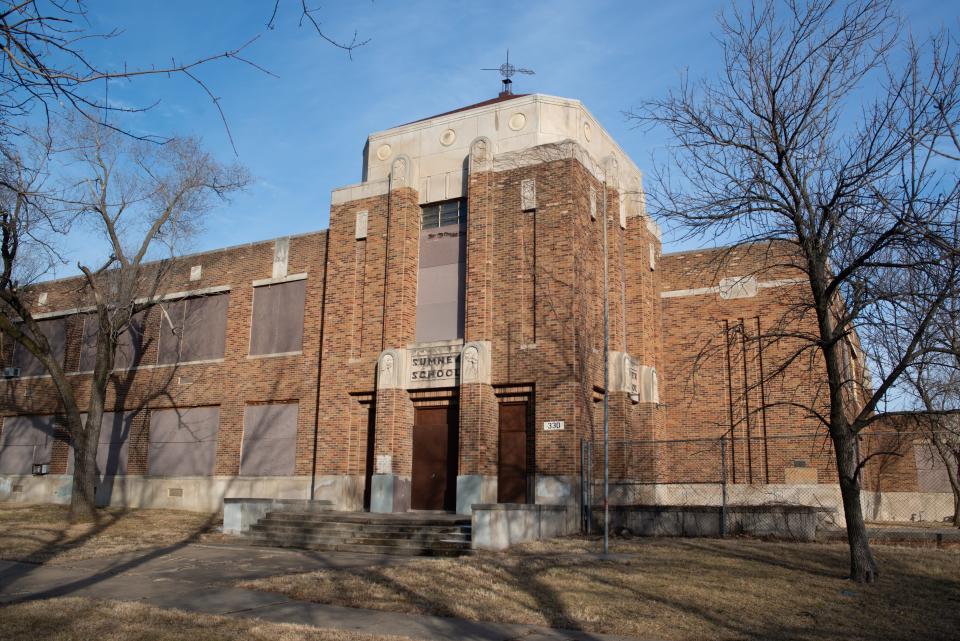
The former Sumner School at 330 S.W. Western Ave. was the all-white school in which Linda Brown attempted to enroll. At the time, it was one of 18 all-white elementary schools operated by Topeka USD 501.
Topeka's city government, which then owned the property, sold it at auction for $89,000 in 2009 to a representative of Archbishop W.R. Portee, founder of the property's current owner, Los Angeles-based Southside Christian Palace. Portee died in 2015.
The Ward-Meade Neighborhood Improvement Association in 2019 lost a lawsuit it had filed against Southside Christian Palace, which still owns the property, alleging it was violating deed restrictions and creating and maintaining a public and private nuisance.
More: Topeka's city government seeking funding to help it better understand its Black history, culture
5. Downtown Post Office, 424 S. Kansas Ave.

The Downtown Topeka Post Office at 424 S. Kansas Ave. was once also a federal courthouse, and served as the site in the early 1950s of court hearings that led to the ruling in the Brown v. Board of Education case.
The building's time as a courthouse ended in 1977 when the federal courts in Topeka were moved to the Frank Carlson Federal Building, which had been built across the street to its east at 444 S.E. Quincy.
The U.S. Postal Service tried unsuccessfully to sell the building between 2014 and last April. It then revealed last September that the building was back on the market.
More: Downtown Topeka Post Office is up for sale. It had been taken off the market in April.
6. Former Buchanan School building, 1195 S.W. Buchanan
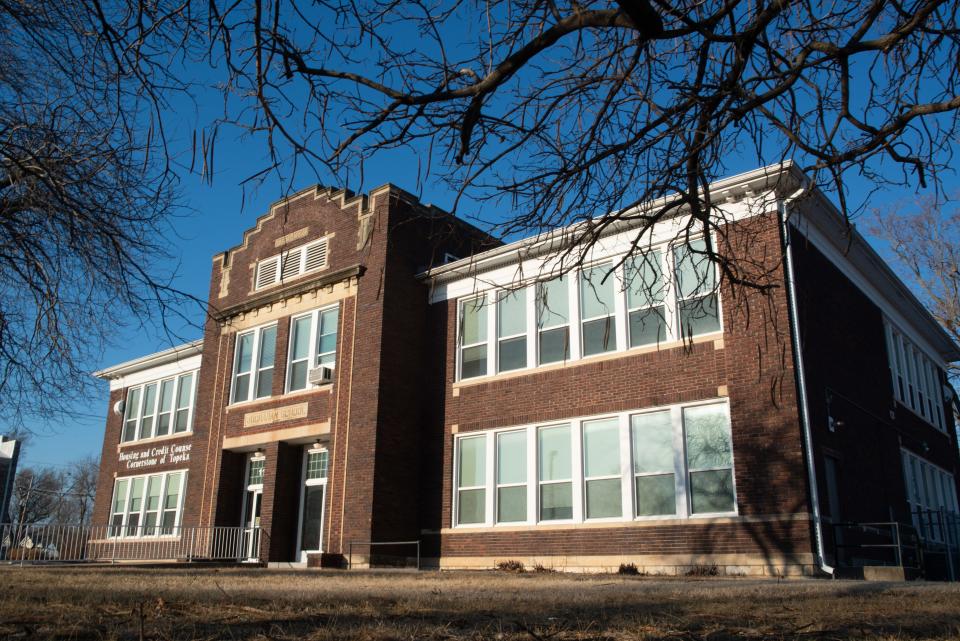
Buchanan School at 1195 S.W. Buchanan was one of four all-Black schools Topeka USD 501 operated at the time of the Brown v. Board of Education ruling.
The property now serves as the home of entities that include Housing and Credit Counseling Inc. It is owned by Buchanan Center Inc.
7. Former McKinley School building, 915 N.W. Western Ave.

McKinley School at 915 N.W. Western Ave. was also an all-Black school at the time of the Brown v. Board of Education ruling.
The property is now used for a combination of warehouse and office purposes and is owned by Eric Clarke Davis, according to the website of the Shawnee County Appraiser's Office.
8. Former Langston Hughes home at 419 S.W. Taylor

Langston Hughes, who was Black, was nationally known from the 1920s to 1960s as a poet, social activist, novelist, playwright and columnist.
He lived as a child in the brick Queen Anne home Deborah Edwards owns at 419 S.W. Taylor. The building received Historic Landmark designation in 2012.
Hughes died at age 66 in 1967.
9. St. Mark's AME Church, 801 N.W. Harrison
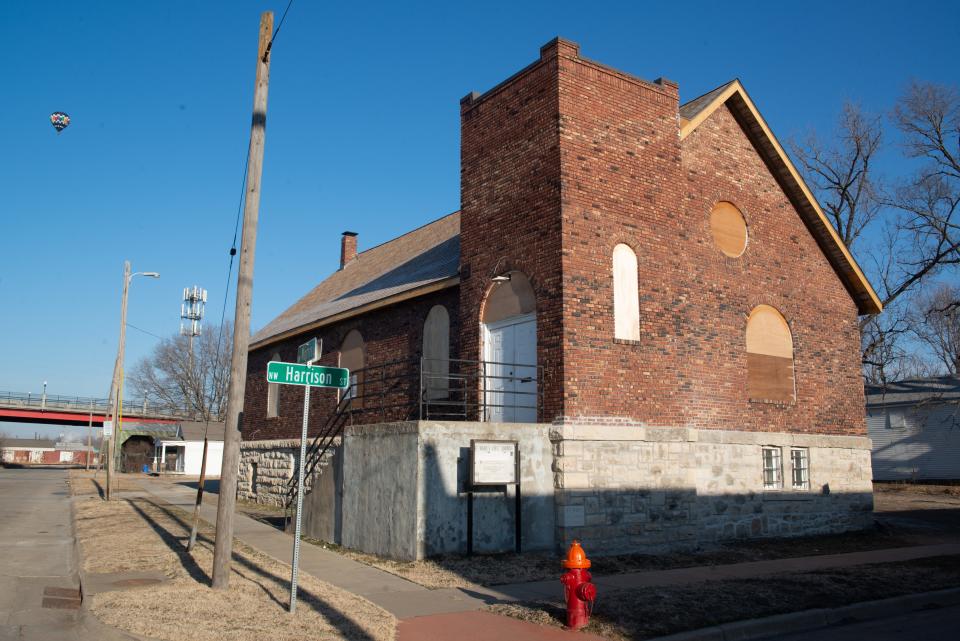
Oliver Brown, who was lead plaintiff in the Brown v. Board of Education case, served as a minister at the time at St. Mark's AME Church, 801 N.W. Harrison.
Brown's daughter, Linda Brown, who also played a key role in the case, served the church for decades as a pianist.
10. Historic John and Mary Ritchie House, 1116 S.E. Madison
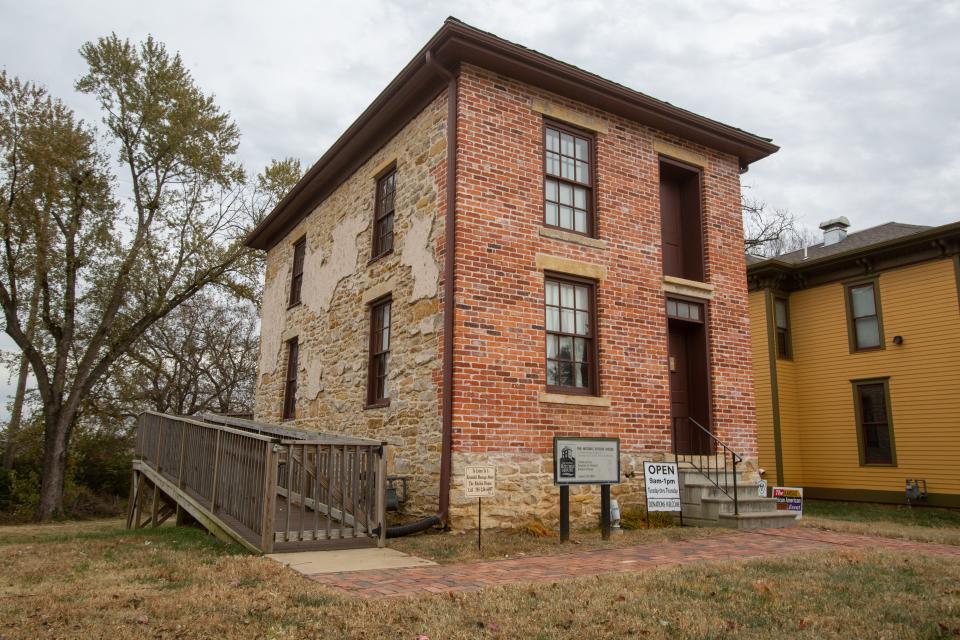
The Historic John and Mary Ritchie House at 1116 S.E. Madison is the oldest house in Topeka. It was built in 1856.
The building was part of the Underground Railroad, which helped escaped slaves flee north to freedom. The Ritchies’ guests included radical abolitionist John Brown, who was hanged in 1859 after he tried to mount a slave rebellion in West Virginia.
The property is now owned by the Shawnee County Historical Society.
11. Nick Chiles Buildings, 112-118 S.E. 7th
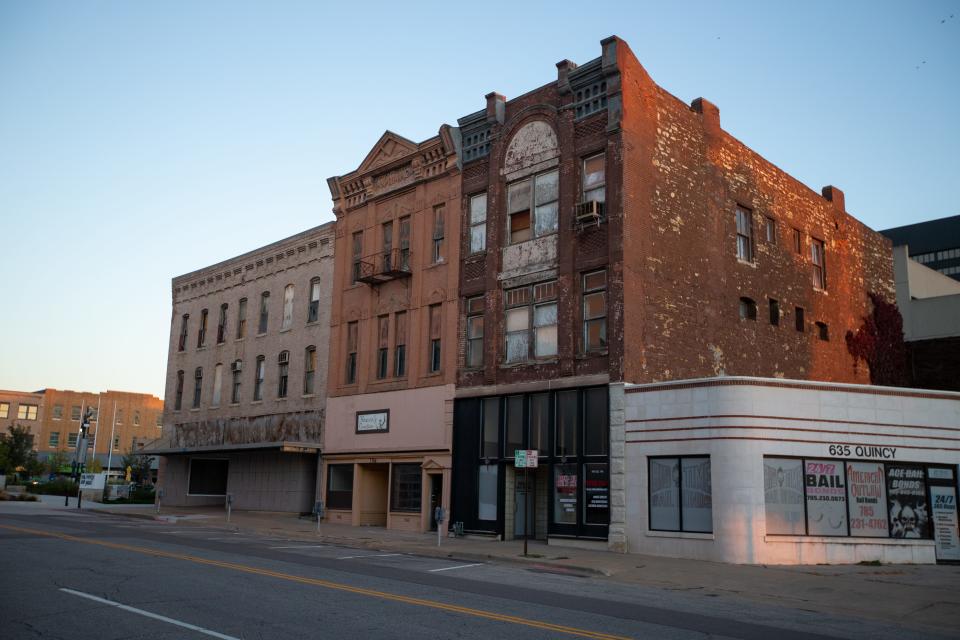
Topekan Nick Chiles, who was Black, edited and published the Topeka Plaindealer, which had the largest circulation of any Black newspaper west of the Mississippi River, from 1899 until he died at age 61 in 1929.
The Plaindealer was published from 1899 to 1958, making it the longest-running Black newspaper in the United States.
AIM Strategies LLC, a development firm led by Topekan Cody Foster, owns Chiles' former properties at 112-114, 116 and 118 S.E. 7th. The company announced plans last year to demolish the three buildings and rebuild at the same site.
More: Could Topeka's Nick Chiles buildings be used for educational purposes? International singer hopes so
But international opera singer and vocal coach David Lee Brewer, a relative of Chiles, announced last week that he intends to buy the buildings and use them for educational purposes as part of the Nick Chiles Institute, a school he plans to develop for the arts, culinary arts, entrepreneurship and social empowerment.
Foster indicated he's put plans to demolish the buildings on hold to give Brewer time to obtain financing.
This article originally appeared on Topeka Capital-Journal: 11 top Black historic sites in Topeka, Kansas

